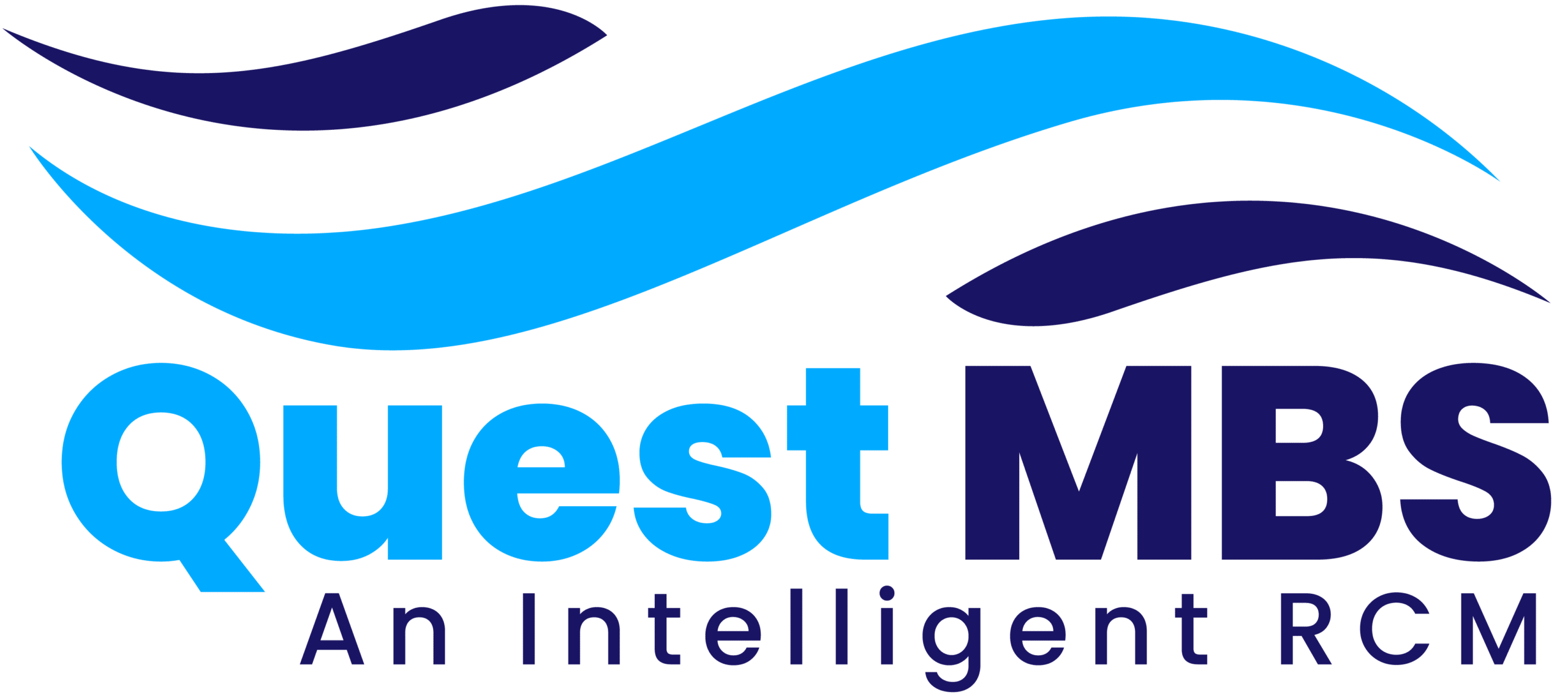Introduction: The Growing Need for Telehealth Billing Tools
Telehealth has transformed the healthcare industry by making it more accessible, efficient, and patient-centered. But while virtual visits are convenient, billing for them can be anything but. Providers face unique challenges such as payer variability, coding compliance, reimbursement delays, and claim denials. Without proper systems in place, telehealth billing can quickly become a source of revenue leakage.
To manage these complexities, healthcare organizations are increasingly turning to innovative billing solutions tailored for virtual care. These tools automate workflows, ensure coding accuracy, track eligibility, and streamline payer communications—all while improving the speed and success of reimbursements. Below are the top 11 tools that are helping practices master telehealth billing in 2024.
1. Kareo
Kareo’s comprehensive platform is built specifically for independent practices, making it a strong solution for managing telehealth billing. It includes a fully integrated virtual visit feature that syncs with scheduling, documentation, and charge capture. Claims are scrubbed automatically before submission, reducing the risk of denials. Additionally, the platform provides real-time insights into billing performance, making it easier to track revenue cycles and stay compliant with payer rules.
2. athenahealth
athenahealth offers a cloud-based billing system that supports the complexities of telehealth reimbursement. It includes a powerful rules engine that adapts to changing payer guidelines, reducing the likelihood of billing errors. The platform also automates eligibility checks and provides smart suggestions for coding and modifiers based on the visit type. Providers benefit from seamless integration between the telehealth platform, electronic health records (EHR), and billing.
3. DrChrono
DrChrono combines telehealth, billing, and practice management in one mobile-friendly ecosystem. It enables providers to conduct virtual appointments, document notes, and capture charges all in one place. The platform automatically applies billing codes based on clinical documentation and ensures claims are routed through clearinghouses with minimal human intervention. Its robust reporting features also help track telehealth revenue and identify bottlenecks in reimbursement.
4. AdvancedMD
This platform is particularly well-suited for growing practices and multi-specialty clinics. AdvancedMD offers integrated telehealth with advanced billing features such as customizable charge capture templates, real-time eligibility verification, and analytics dashboards. Providers can manage their entire revenue cycle from patient intake to final payment, while the software ensures coding compliance for remote visits and supports documentation required for reimbursement audits.
5. Waystar
Waystar enhances the entire billing process with AI-driven tools designed to reduce denials and accelerate cash flow. Its analytics features track claim statuses and payment trends across multiple payers, making it easier to spot issues with telehealth claims. The system also includes predictive modeling tools that can highlight claims likely to be rejected, allowing for proactive corrections before submission.
6. Greenway Health
Greenway Health’s billing solution ensures compliance with telehealth coding and documentation requirements. The platform supports automated scrubbing of claims and built-in payer guidelines to streamline submission. Integration with EHR workflows ensures all documentation from virtual visits is correctly captured and converted into claims. It also provides actionable insights into financial performance, helping practices optimize their billing processes.
7. MDToolbox
Designed with secure communication in mind, MDToolbox supports telehealth visits while streamlining the billing and coding process. It allows providers to capture charges at the point of care and generates billing codes based on clinical documentation. The system also offers automated eligibility verification and direct payer connections to reduce submission delays. This makes it ideal for small practices looking for a secure and efficient way to bill for telehealth services.
8. PracticeSuite
PracticeSuite is a flexible cloud-based platform that supports practices of all sizes. For telehealth billing, it offers real-time patient eligibility tools, claims scrubbing, and customizable templates for common visit types. The system simplifies collections with integrated patient payment solutions and provides detailed financial reports. The user-friendly interface helps reduce administrative burden, making it easier for staff to stay focused on patient care.
9. Veradigm
Veradigm provides intelligent revenue cycle tools that adapt to the fast-paced changes in telehealth billing. Its rule-based engine applies payer-specific requirements automatically and flags potential issues in real time. The system integrates with most major EHRs and supports mobile charge capture, making it ideal for providers who deliver care from different locations. It also offers comprehensive reporting tools for analyzing financial outcomes.
10. Experian Health
Experian Health offers advanced tools for improving patient financial engagement and billing workflows. Its real-time eligibility and benefits verification system helps avoid denials caused by incomplete coverage information. For telehealth billing, the software includes cost estimation tools, claim status tracking, and automated follow-up features. These capabilities enable faster collections and a better patient experience.
11. Availity
Availity is one of the most widely used clearinghouses in the healthcare industry. It supports seamless connections between providers and payers, making it easier to handle the unique coding and billing requirements of telehealth. The platform includes robust eligibility verification tools, claim scrubbing, and denial management workflows. Its ability to manage high claim volumes makes it a valuable tool for organizations offering both in-person and virtual care.







